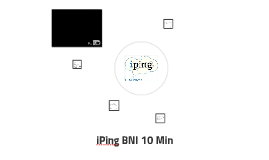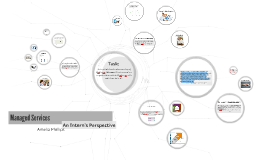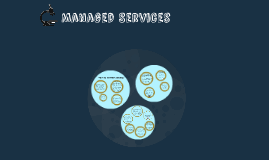Managed Services
Transcript: Key People/Roles Managed Services are often used in both public and private organizations such as: Airlines Military Elementary/Middle/High Schools Colleges/Universities Health care facilities Business and Industry (B&I) Leisure and recreation organizations Conference centers Airports Travel Plazas Managed Services vs. Commercial Foodservices Advantages and Disadvantages of Managed Services in Leisure and recreation sector The main focus of hospital food service is the tray line. Once all the requirements for the special meal have been prepared, the line of trays is set up and menus also have different colors for the different types of diets. The tray line begins with a mat, fork/spoon, napkin, salt/pepper, and perhaps a flower. Then it moves down the "line" where the different food is added, depending on the color of the menu. Provide their own inflight services or use outside contractors. Inflight food services is complicated. Service provided need to insure food is able to withstand the extended period of both hot and cold. Food needs to be able to be reheated and presented as being eatable AirlineS and AirportS health care facilities cont'd Health Care Facilities Managed services are services that are "leased" to organizations like schools or airlines who may not want to or know how to manage their own foodservice. This is similar to management companies, who manage hotels, restaurants, etc. Besides stadiums and arenas, managed services are also provided at national parks. They usually have hotels, restaurants, gift shops, snack bars in which managed services has to make sure that they have enough for the large amount of people that pass by everyday. The differences between managed services and commerical foodservices is the following: for managed services, challenge is to meet the needs of the guests and the operation in some commerical food places, guests are limited to available options and that influences if they eat there once or would have it everyday ( ex. you work near only a chipotle) many managed operations are in places or organizations that do not have foodservice as the main business. Ex. Schools, Airports Advantages = opportunity to see professional sporting events, be in scenic areas, enjoy outdoors, have a set work schedule Disadvantages = very large crowds of people to serve in a short time, work schedule of weekends, holidays, and nights, seasonal employment Labor costs take up about 55%-66% of hospital/resident home operating money and not covered by Medicaid. Due to economic pressure, food service managers will more likely start looking to use contractors, such as ARAMARK or Sudexo, because they have more knowledge about how to buy food, manage the menus, and operate in a way that reduces food and labor costs. Managed Services Leisure and Recreation Due to the reduction in in-flight food service, there has been a increase in airport restaurants. Major food chains have been taking full advantage of this, i.e Chilis and TGI Friday Managed services usually make food in large quantities and/or batch cook in order to give the guests a fresh meal at different times throughout the day. Can usually predict the numbers of meals and portion sizes which makes it easier to plan and produce. For example, in schools you know the # of students to serve; in airlines you know how many people will be on the plane, etc. includes operations such as: stadiums, theme parks, parks, zoos, aquariums, etc. because customers are usually in a hurry, one of the challenges is to sell/offer the product with very little time (ex. vendors at the baseball stadium are making sure that the order from the suites are being taken care of, as well as making sure that there is enough supply for the orders happening in concession stands on the lower levels) Another trend in health care managed services is that major fast food brands are arriving and has made it a win win situation for the brand and operator because the fast food chain benefits from good "leasing" rates, meaning it is not too expensive to provide their services. Hospitals are also entering the pizza delivery business where the hospital will hook up phones and fax lines, hire part time employees who will deliver pizzas that have been made by the hospital. With this, they focus on the customer service, making them feel at home and comfortable, while also receiving comfort foods. health care managed services are provided to hospital patients, long term care and assisted living residents, visitors, and employees. The service is given in the form of tray, cafeteria, dining room, coffee shop, vending machine, etc. One of the challenges is to provide special meals to patients with very specific dietary requirements. For example, a hospital patient eats a gluten free diet, so the cafeteria staff needs to ensure that this patient recieves a gluten free meal. What is managed services? Contractors: companies that usually work with operations on a contract basis to help

















